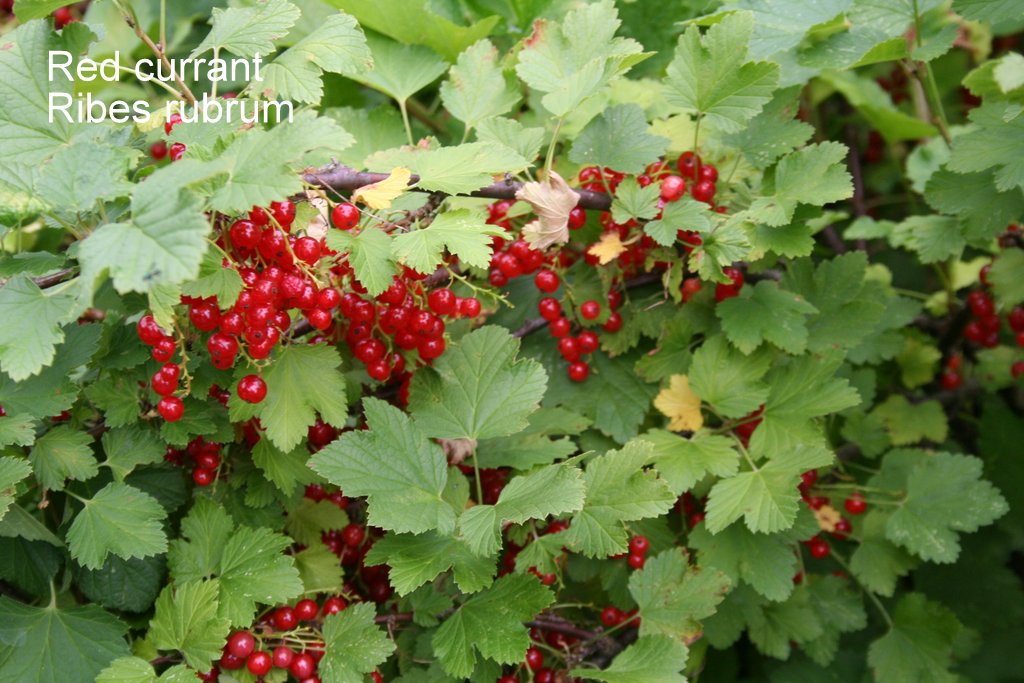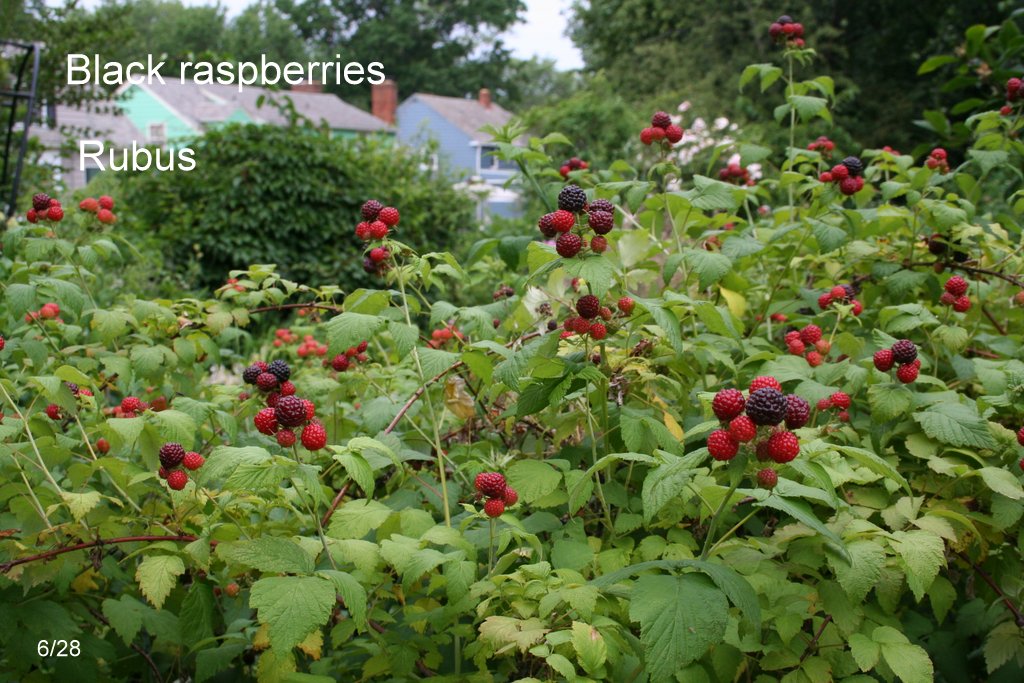by Lois Rose
Do not be alarmed. This is not going to be a technical and challenging article giving you too much information about how to grow your own fruiting plants at home.
I am going to attempt to tickle your interest in the subject and provide you with enough information to get you started on your own.
Some personal history: I happened to live for seven years in an old house on Bluestone Road near what used to be the quarry on Belvoir. Our honeymoon tiny house—650 square feet—had belonged to the parents of the quarry master and they had planted a lot of old fashioned fruit and flowers. The red currants formed a short hedge and were pretty much neglected to the point of never producing anything. I became interested in them and gradually coaxed them into production. When we moved from our little sanctuary into a larger property, I immediately wanted to plant currants, and raspberries. And figs. And then I added medlars and kiwis.
So, I will share with you some of what I have learned over the past 50 years of growing.
Currants: I grow four kinds of currants—red, black, pink and white. Red, pink and white are self-fertile. Red is the most commonly found, from which red currant jelly is made. Black currants are made into jelly but more importantly, in France, they become crème de cassis, a liqueur which was made popular near Dijon where the story goes that they had too many of the fruit and someone—the mayor? —devised a special drink called Kir—crème de cassis with white wine—and Kir Royale—crème de cassis with Champagne.
Making crème de cassis is one of the great pleasures and challenges of growing black currants. But that is for another day. (Jane Grigson’s Fruit book has a terrific recipe.)
Red currants (Ribes sativum) are easy to find at nurseries and come in many varieties. Black currants (Ribes nigrum) are more difficult to find and there is an added bugaboo—you cannot grow certain varieties in Ohio because the plant can carry the White Pine Blister Rust which can cause havoc if you are near a stand of White Pine. So, the state regulates what varieties can be brought in.
Personal History note: A Russian friend came for dinner in 1989 and after dinner we walked around the yard and he saw that I had red currants but not black ones. Why not he asked? I explained the difficulty of getting them in Ohio. He strongly advised me to try to find some that could be imported. I tried for a while and eventually found some that I was allowed to grow. Since then many other varieties that are resistant to the Rust have been put on the ok list and I grow quite a few of them. They are all far superior to the original plants that I planted in the 90’s. More about that later.
A brief note about pruning currants. Black currants need to be pruned in a very specific way, removing the fruited branches down to the base or to a side shoot which will take over as the new fruiting branch in the next season. I have a developed a system for doing this which is not usually listed but nevertheless I have used it for years. I cut the branch of the currant that is full of fruit down to a lower side shoot, then put the fruit laden branch aside until I have cut back all of the fruited branches on that bush. Then I remove the fruit from all of the cut branches rather than picking it off of the bush. I do not know if this is an entirely kosher method but I love it.
Red currants are pruned in a different way. The oldest canes should be removed after about three years, and weak and damaged wood can be removed as well. A mature shrub can have 9 to 12 canes. Fruit is produced on one, two and three-year-old wood so keeping some of each makes sense.
Site selection is a first step for growing all small fruit. Full sunlight is really best but partial shade can be tolerated by most. Well drained, moderately fertile soil is preferable. Good air circulation helps foliage dry faster, but too much wind is not an advantage. Avoiding the area where previously diseased plants grew is imperative.
Small fruits need a pH range of 5.5 to 7.5 except for blueberries which need much more acidic pH. (pH is a measure of acidity. Each number represents a ten-fold increase over the previous number—so 6 is ten times more acidic than 7.) A soil test will tell you pH values and help you to decide on amendments to bring the soil to the required level. (The University of Massachusetts soil test lab is a good site.)
Organic materials such as compost are helpful in improving the soil before planting.
Your fruit will need a water source, convenient and easy to use. Sprinklers, drip irrigation or soaker hoses are all possible water providers.
Raspberries are brambles, in the plant genus Rubus.
They have perennial roots and crowns, but their canes (branches) live for two summers only.
Most bear in the summer. In the first year, a new cane (primocane) grows leaves and enlarges its stem. It develops a brownish bark and becomes dormant over the winter. In its second season it is called a floricane which produces flowers and fruit in early or mid-summer and then dies. New canes are produced each year for continual fruit production. They are self-fertile, best pollinated by bees.
Numerous new canes develop from the base of the floricanes of red and yellow raspberries and from buds on the roots which become underground stems. These stems can spread in any direction and must be pruned to be kept in check.
Black and most purple raspberries produce primocanes only from buds at the base of the floricanes. They live in clumps or “hills” in the original location.
Everbearing red raspberries, called “fall bearing” or “primocane fruiting”, can produce flowers during the first year beginning in late May or early June. The fruit is produced at the tips of the primocanes. In the second year they may have a summer crop on the lower part of the same canes. Pruning can determine whether there will be a summer crop and a fall crop or just a fall crop. I cut my canes down in late winter and get a fall crop only.
I grow summer bearing raspberries, red and purple, as well. Their floricanes which have already fruited are pruned in the fall. Remove all of the pruned canes from the area to prevent disease or insect issues.
Purchase disease -free plants from a good nursery. Do not dig them from a neighbor or friend. Once a virus gets to your berry plants they are doomed.





Your photos make me hungry! Great how-to article!